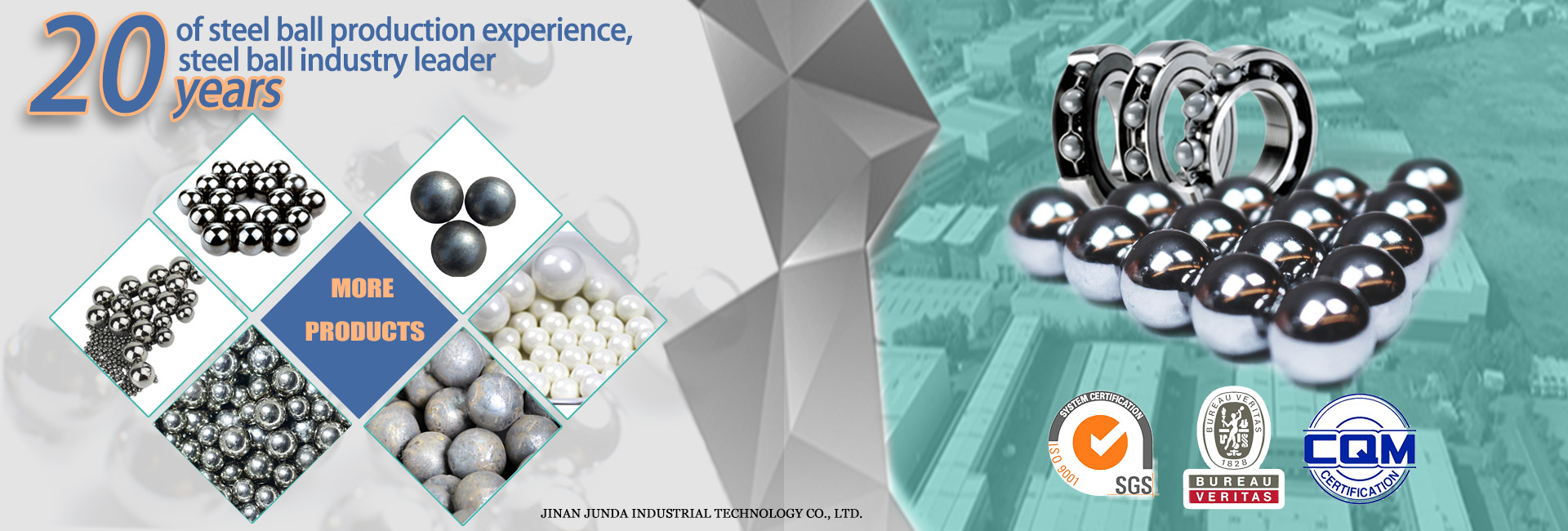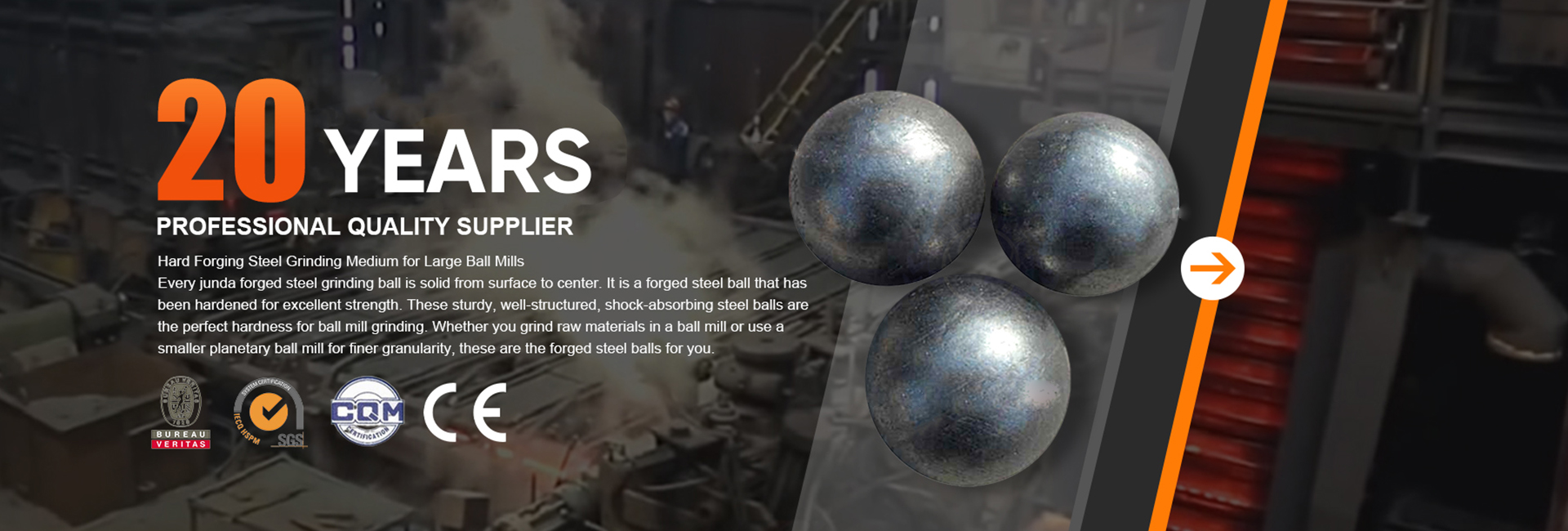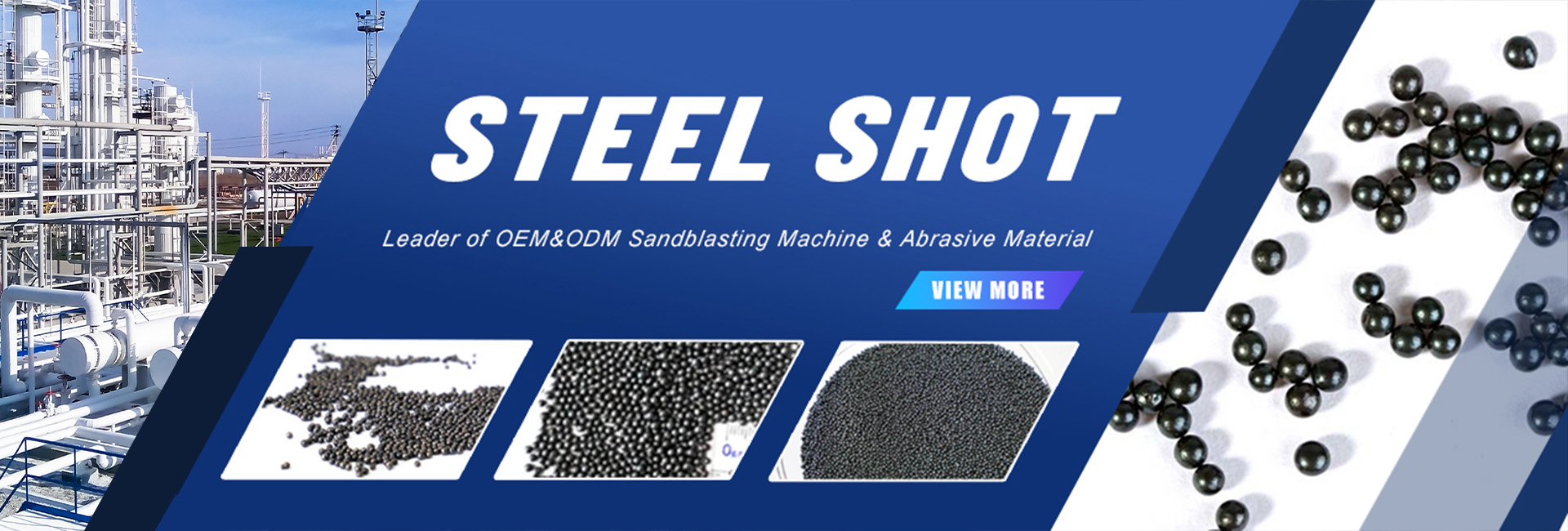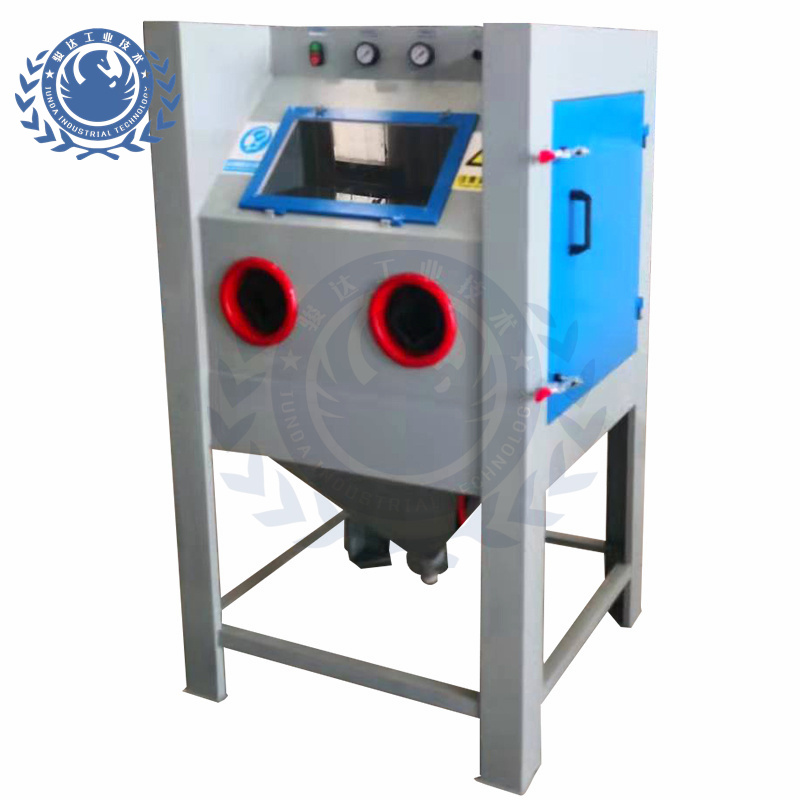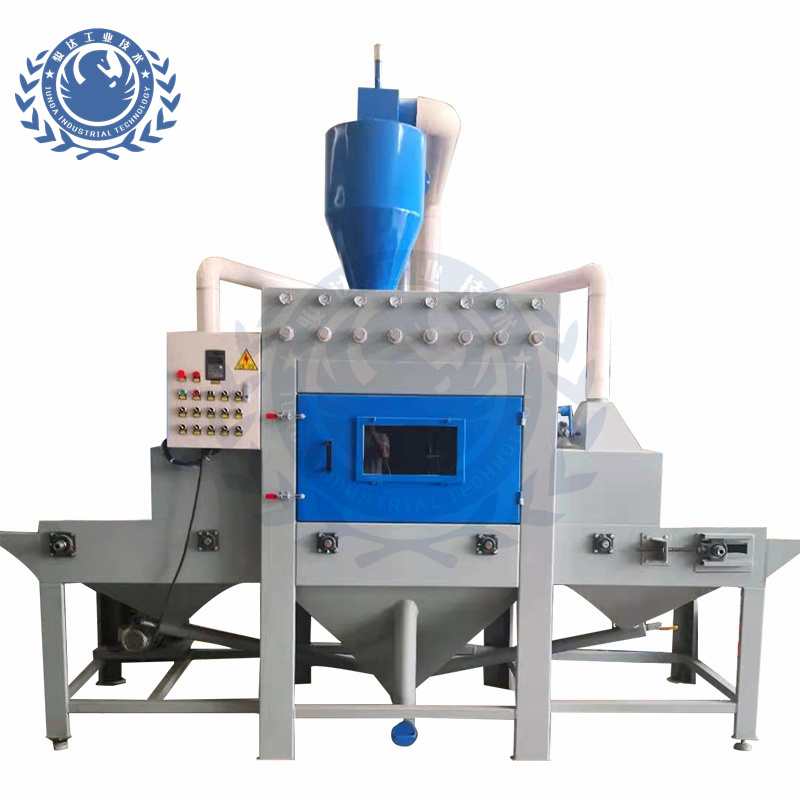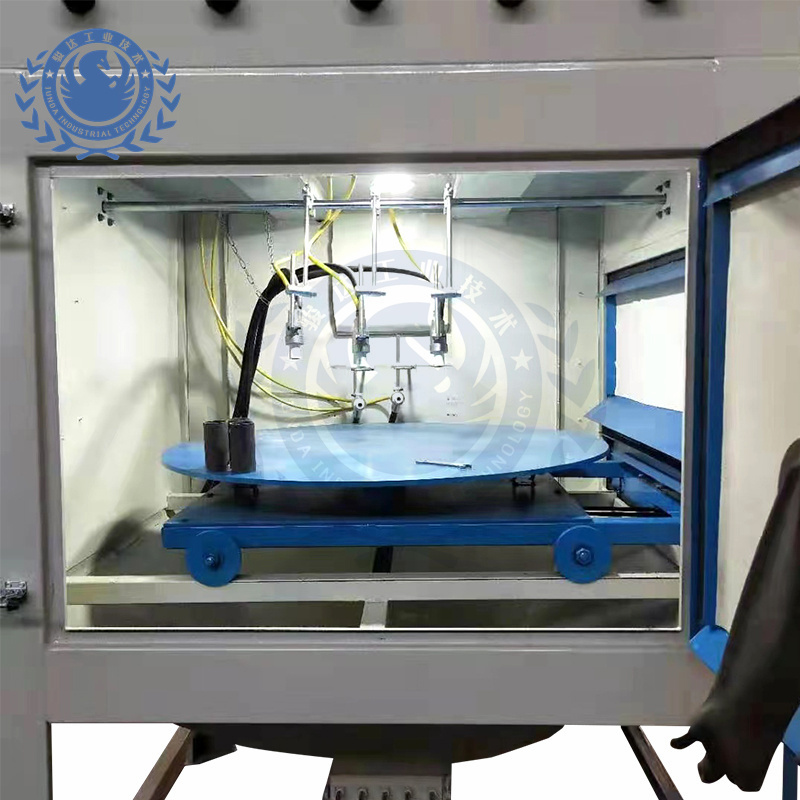Sandblasting excels at the complete removal of coatings, paint, adhesives, dirt, mill scale, welding tarnish, slag, and oxidation over the entire surface areas of a part. Areas or spots on a part can be hard to reach when using an abrasive disc, flap wheel, or wire wheels. Resulting in regions remaining dirty and unstripped.
Sandblasting is exceptional at the critical step of cleaning and surface preparation before the application of coatings, adhesives, and sealants. Sandblasting creates undercuts on the surface of a part, which improves adhesion by allowing coatings and adhesives to mechanically grip onto the surface.
The finer sizes of blasting media can be used to blast clean and prep inside holes, crevices, and the intricate details of a part.
Sandblasting can handle round or concave as well as convex curved surfaces, which is often required for special machines and backup plates when using fixed abrasives or coated abrasives.
Sandblasting is highly versatile because blast machines are available for cleaning and preparing extremely large surfaces on ships and process tanks to exceedingly small parts such as electronics and medical devices.
Sandblasting does not impart any surface damage or burning of a metal part, which can be a problem when surfacing with grinding wheels and abrasive belts or discs.
A wide variety of abrasive, shot, and blast media are available with different hardness values, shapes, and media or grit sizes, which allows the sandblasting process to be precisely tuned and optimized for different materials and applications.
Sandblasting does not use any volatile organic compounds such as the solvents used in chemical cleaning methods.
With the proper blast media, surface changes can material properties and part performance. Certain blast media like soda or sodium bicarbonate can leave a protective film on a surface after blasting to enhance corrosion resistance. Steel shot peening with a blasting machine can increase fatigue strength and longevity of parts.
Depending on the abrasive or blast media used, sandblasting can be environmentally friendly and non-toxic. For instance, no harmful spent media are released when blasting with dry ice, water ice, walnut shells, corn cobs, and soda.
Typically, blast media can be reclaimed, separated and reused several times, and then recycled.
Sandblasting can be automated or robotically operated to increase efficiency and quality. Sandblasting can be easier to automate compared to part cleaning and finishing with grinding wheels, rotary files, and abrasive flap wheels.
Sandblasting can be more cost-effective when compared to other methods because:
Larger surfaces can be rapidly blasted.
Blasting is less labor-intensive than alternative abrasive finishing methods such as abrasives discs, flap wheels, and wire brushes.
The process can be automated.
Blast equipment, blast media, and consumables are relatively inexpensive.
Certain blast media types can be reused multiple times.
Post time: Jan-10-2024


